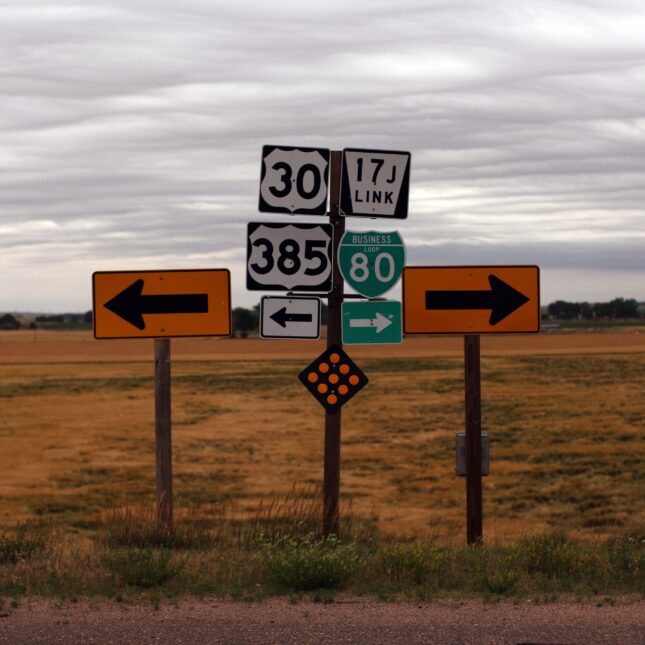
The use of artificial intelligence is happening in “unlikely places.” So says a recent working paper published by the National Bureau of Economic Research. While much of the nation is debating the future of AI, health care providers in rural America are pioneering new uses of it in their practices. As the leader of the U.S.’s largest rural health care system, I predict the impact of AI on rural health care will be consequential.
After a decade of decline before the pandemic, a recent study by the U.S. Department of Agriculture indicates that the population in rural areas is rising a bit. Rural counties across the country — defined as those with cities of up to 50,000 people — grew one-quarter of a percent from 2020 to 2022.
That tiny population surge, however, isn’t likely to mend the greatest demographic challenge for rural health care: recruiting and retaining enough clinicians to work in the medical specialties that are in short supply across rural America.

This article is exclusive to STAT+ subscribers
Unlock this article — plus in-depth analysis, newsletters, premium events, and networking platform access.
Already have an account? Log in
Already have an account? Log in
To submit a correction request, please visit our Contact Us page.











STAT encourages you to share your voice. We welcome your commentary, criticism, and expertise on our subscriber-only platform, STAT+ Connect